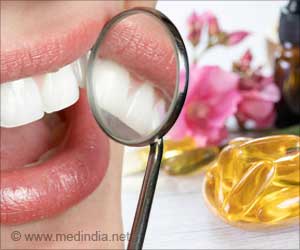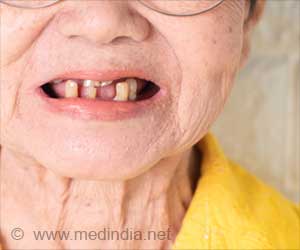Strong general health to oral health and oral health to general health associations predicted using machine algorithms can help healthcare planning.

General health and oral health are conventionally treated as separate entities within the healthcare delivery. Still most of the general and oral health problems share common risk factors and both affect overall well-being.
In this study, XGBoost machine learning algorithm is used to predict self-rated oral health using general health-related predictors (frailty, psychological status, comorbidity) and self-rated general health using oral health-related predictors (poor occlusion, chewing difficulty, and dry mouth) in 19,862 participants aged 65 years or older.
Age, sex, household income and smoking are added as common predictors for both the models. The predictors are selected based on literature and availability.
The prevalence of poor self-rated oral health is higher (28.6%) compared to poor self-rated general health (12.4%). 20.6% of those with poor self-rated oral health also reported poor self-rated general health, whereas 47.7% of those with poor self-rated general health also reported poor self-rated oral health.
These results show that strong general health to oral health and oral health to general health association is demonstrated by accurate prediction models.
Advertisement
Advertisement












